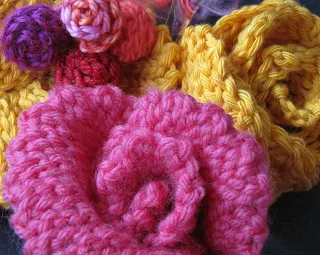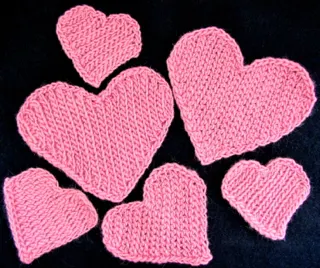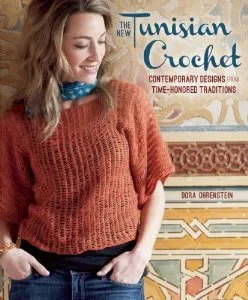I've been asked why my first yarn at DesigningVashti.com is called Lotus.
 |
| Lotus Engraving from 1877 |
It took from May to October 2013 to settle on the name from a list of 20 or so. I looked at how other yarns are named (see my list of five yarn name categories below) and bounced names around with Doris and my husband. Three key factors made "Lotus" stick: very personal symbolism, right-brained/poetic impressions of the flower, and the timing of seeing Doris at the CGOA Chain Link conference in Oct. 2013.
 |
| On the CGOA runway Oct. 2013 |
Doris crocheted pajamas with Lotus yarn! Yeah! A baby doll top, lace shorts, lace capri pants, a lovely swing top (all of these in Pearly Pearl), and some flared leggings for me in the Grenadine color. She also did a micro-capelet in Peachy Sheen. (see each color in its own color album.)
Doris imagined all of these things modeled as an ensemble for the CGOA Fashion Show in October--a great idea. The only catch is, the yarn needed a name!
Five days before the fashion show I had to use a limo service to get from the airport to the conference hotel. It was called "Lotus Limo." A rush of childhood associations with the name came back to me, so I toyed with "Lotus" as a yarn name until the fashion show. Doris was OK with it.
I'm basically a midwestern white girl from Wisconsin, raised Catholic until the age of nine; I then spent the rest of my childhood experiencing Eastern spiritual stuff with my Mom in an international meditation community in Iowa. We learned Hindu-style meditation, yoga, and vegetarianism, and fascinating concepts like sattwa, karma, soma, mantras. I learned some Sanskrit (a little Hindi helps too when blending one's own curries).
Back then, this was freakishly weird for most people (and most of my relatives too!). Today I feel safe enough talking about it in this public way. Imagine a place and time when Dannon yogurt was totally new. No one you knew even wanted to try it, yet your Mom was making her own. Imagine never having heard of yoga or karma, or a meal without red meat. Dude: no. yoga. mats. for. sale. anywhere.
The lotus flower is a lofty symbol in Hinduism and Buddhism. It represents sublime ideals of the human spirit. This pristine blossom rises above the water and, symbolically, the "mud of earthly existence." The Buddha and goddesses like Lakshmi are seated on them. When I worked in a health food store, I ordered products from a catalog called Lotus Light.
 |
| Lotus Seed Pod (1877) |
Aside from high philosophy, the lotus is just a really cool and slightly oddball flower. Most westerners don't know that you can eat the pleasant tasting roots and seeds. (See my Lotus board in Pinterest for moon cakes and other lovely examples!) The fascinating dried seed pods show up in flower arrangements occasionally.
When I crochet with our Lotus yarn, I feel like it uplifts my experience and the stitches have an inner glow. It takes my crochet to another level. I think of it as "crochet enlightenment."
So now you know.
Have you ever really paid attention to the name of a yarn? I've noticed yarn names fall into categories.
 |
| Waterlily Layer design |
I thought, "So my yarn could be named a combination of words from this list: Sport, Cotton, Rayon, Z-Twist, Solid (color)..."
Hmm, not inspiring. When I've designed with a yarn that has this kind of name, I have to keep its label nearby because I have trouble remembering the exact name ("Uh, is this one 'Merino-Something-DK'?").
2. Fancy versions of #1, like "Kid Seta" ("seta" is Italian for silk; "kid" is short for soft mohair); "Micro Chic" (microfiber nylon); "Mulberry" (i.e. silk); "Washable Ewe" (super wash wool).
I guess I could have named it "Silky Bombax" instead. Or how about "Soft Twisted Plants"?
 |
| A Lotus Symbol in Tunisian Filet Crochet |
3. Like #2 but refers to an appealing or distinctive quality (The name Lotus indirectly falls into this category): "Shine" (rayon content); "Homespun" (thick bumpy plies); "Paillettes" (has sequins); "Glisten" (some metallic); "Magnum" (super bulky thick!).
I could have named Lotus "Shimmer Z-Twist," for example; or how about "Sporty Zee"? "Crochet Drape"? I kept wanting to name it for way it reflects light when crocheted. The very first name I considered was "Pearl." I also wanted to refer to its luxurious drape; "Sari" was another idea (also captures the rich colors and shine).
4. Situations: places, seasons, and hints at its intended uses: "Summer Tweed," "Venezia," "Sausalito," "Weekend," "Sock," "Stork" (baby items).
Since I expect my yarn to be used for a lot of warmer weather items, I considered names like: "Siesta Key," "Hibiscus," "Spring Break."
5. Colors or dyeing styles: "Degradé" and "Tonos" (mild shifts from lighter to deeper shades of one color); "Kaffe Fassett" (dramatic striping).
For Lotus, I did consider a reference to its rich hibiscus-like color range, like "Hibiscus," "Blossom," "Bloom," "Bouquet."
Next post in this series:



































